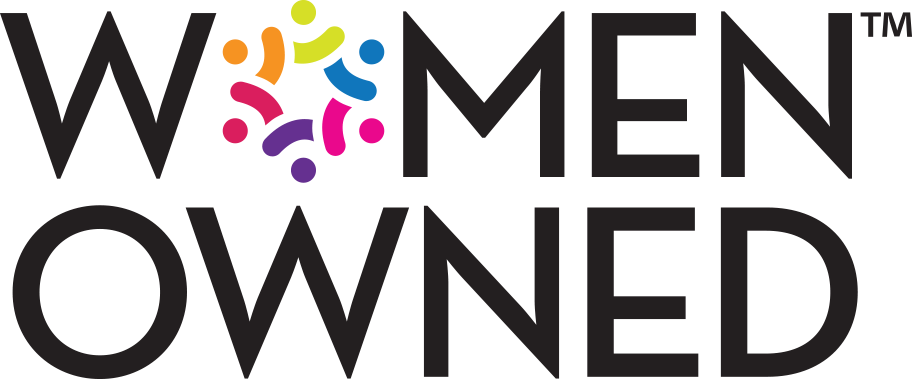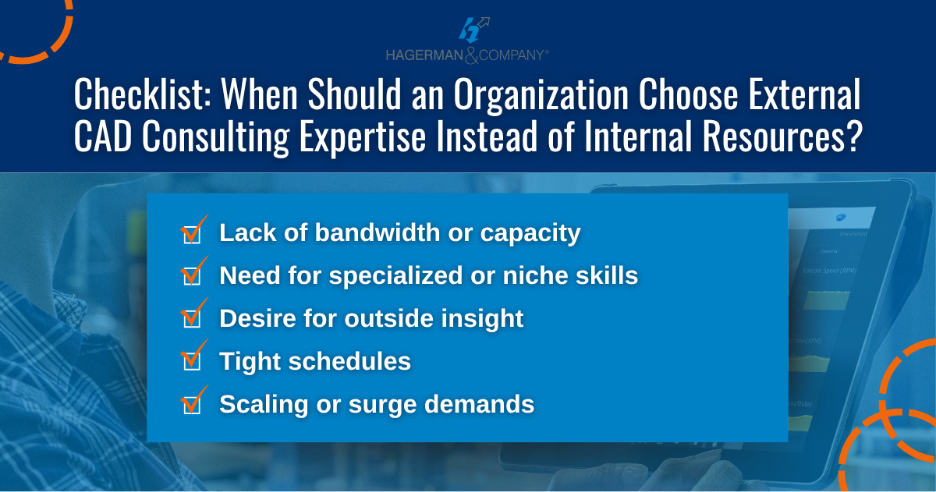Change is an inherent and unavoidable aspect of product development, driven by factors like new customer requests, design updates, or supply chain delays. Even minor adjustments require careful handling to prevent cascading issues throughout the product lifecycle. When teams rely on traditional and fragmented methods such as email threads, isolated spreadsheets, or manual sign-offs, change management becomes more confusing and highly susceptible to errors. This disconnected approach usually leads to significant delays, expensive rework, and widespread frustration as errors slip through gaps without a clear process or single source of truth, resulting in costly and time-consuming fixes late in the process.
Expertly implemented Product Lifestyle Management (PLM) systems directly address these challenges by centralizing data, automating workflows, and providing teams with clear and immediate visibility as well as control over changes. These systems offer a robust, structured methodology for tracking and managing project changes effectively, thereby accelerating the process and significantly reducing the likelihood of mistakes. This article will look into how a well-executed PLM strategy improves the change management process by streamlining communication and immediately reducing errors, ultimately delivering substantial long-term benefits such as faster product delivery, lower operational costs, and the consistent production of higher-quality products.
The Cost of Change in a Product Lifecycle
An engineering change can be initiated at any stage of the product lifecycle, from initial concept development and detailed design to simulation, prototyping, and iterative refinement.
The Cost of Change Curve illustrates the fundamental principle that as a project progresses through its lifecycle, the cost of implementing changes dramatically increases, while the ability to influence the costs (and the product’s overall design) sharply decreases. This curve isn’t just a theoretical model, but it represents a direct economic imperative for PLM adoption.
The exponential increase in cost and the inverse decrease in influence underscore that PLM’s value doesn’t just lie in managing change but also in enabling earlier, less costly change which transforms it into a strategic financial management tool.
To fully appreciate this, it’s essential to understand how the cost and influence of changes evolve across the product’s lifecycle. Because change is inevitable, everything depends on how it's handled. Understanding these dynamics is critical for effective project management, and the following states illustrate this principle.
- Early Stages (Concept & Design): This is the beginning of the lifecycle, where teams have the most control. Decisions on materials, design, and manufacturing methods shape downstream expenses. Changes are relatively inexpensive at this stage and are often just CAD or documentation edits. PLM helps this stage by centralizing data, automating workflows, and surfacing issues early, keeping teams on the cost-efficient side of the curve.
- Mid to Late Stages (Prototyping to Production): As the product transitions to prototyping and manufacturing, the cost of implementing changes rises. Changes may now require new tooling, extensive rework of physical parts, updates to work instructions, or even costly pauses in production. Concurrently, the ability to influence overall cost diminishes significantly because the core design is already solidified.
- Post-Release (Service & Market): Upon the product’s launch, changes become the most costly and least controllable. Errors or delayed decisions at this stage can lead to severe consequences, which include product recalls, extensive warranty claims, and significant damage to brand reputation. At this point, the influence over cost is nearly non-existent, and even minor changes often require large-scale, expensive corrective actions. This emphasizes that effective change management, powered by PLM, serves as a crucial defensive strategy against significant business risks, not just an offensive one for efficiency gains.
The following table further clarifies the escalating cost and decreasing influence across product lifecycle stages.
|
Lifecycle Stage |
Ease of Change |
Cost of Change |
Impact of Errors/Delays |
|
Concept & Design |
High |
Low |
Minimal, easily corrected |
|
Prototyping to Production |
Medium |
Medium |
Significant (rework, delays, tooling) |
|
Post-Release (Service & Market) |
Low |
High |
Critical (recalls, warranty, reputation damage) |
Strategic Change Management Process Matters
Poorly managed changes can quickly translate into substantial costs. Products can become overly expensive to produce, and projects frequently experience delays - especially when manufacturing and engineering teams operate with conflicting or outdated information. Rectifying these problems often necessitates multiple rounds of revisions and rework, which can inevitably lead to pushing back the time-to-market.
Discovering issues late in the process, especially once products are already in production or already on the market, incurs high expenses. This “high price” extends beyond direct financial costs to include intangible but critical factors like brand reputation and market competitiveness.
The cumulative effect of issues can severely impact a company’s long-term viability, eroding customer trust, leading to a loss of market share, and potentially exposing the company to legal liabilities.
Strengthen Your Change Management Process with PLM
Effective change management, robustly supported by an expertly implemented PLM system, empowers teams to handle changes with significantly greater control and visibility. By centralizing change information and automating critical workflows, PLM actively reduces the risk of errors, accelerates decision-making, and minimizes costly disruptions throughout the product lifecycle.
Centralize Data for Greater Accuracy
When teams rely on scattered spreadsheets, emails, or siloed systems, they lack a single source of truth, which often leads to confusion, miscommunication, and costly mistakes. For example, if a designer updates a CAD model but doesn’t synchronize the shared files, manufacturing might end up using outdated data and cause errors, delays, and rework. PLM systems solve this by giving all teams real-time access to the latest design, supplier, and production data, which helps prevent issues like rework, incorrect part orders, and schedule delays. Vault PLM enhances this further with robust product data management, enabling collaboration, revision tracking, design reuse, and greater productivity.
Ensure Bills of Materials (BOM) Accuracy and Alignment Within the Team
Managing BOMs in disconnected spreadsheets or outdated systems can often lead to missed updates, incorrect parts, and costly production errors. PLM systems connect engineering BOM (eBOM) with the manufacturing BOM (mBOM), keeping all teams aligned through real-time data. When changes occur, PLM updates the BOM automatically, alerts users, and tracks revisions with a complete audit trail. This link between design and production reduces any scrap, rework, or assembly issues. Vault PLM enables organization-wide BOM management and sharing, while Fusion Manage extends this to include design files, specs, and Engineering Change Orders (ECOs) for complete data consistency.
Automate Workflows to Speed Up Approvals
Engineering Change Requests (ECRs) and ECOs often face delays when managed through disconnected tools, lacking visibility, and structure; this causes requests to get stuck in review and slows time-to-market. Systems like Vault PLM automate workflow changes with predefined rules, role-based tasks, and smart approval routing, ensuring accountability and timely progress.
Users can define structured processes, assign tasks automatically, send notifications, and rack every action to prevent bottlenecks. Tight integration with design tools like AutoCAD and Fusion Manage eliminates manual handoffs, streamlining transitions from design to review. Fusion Manage enhances this further with templated and automated workflows that route changes to the right people, trigger updates, and keep all stakeholders informed in real time.
Increase Risk Awareness with Impact Analysis and Traceability
Without full visibility, teams that use spreadsheets or scattered tools often miss how changes impact related parts or processes which leads to assembly errors. PLM systems provide built-in impact analysis and traceability, helping teams assess downstream effects before approving changes and reducing implementation risks. This shifts change management from reactive to proactive, supporting quality and compliance.
Fusion Manage is able to show complete change histories, track responsibilities, and document decision rationale. Its audit trail ensures regulatory compliance and enables process improvements and root cause analysis.
Enhance Collaboration with Cross-Functional Visibility
Engineering, manufacturing, quality, and supply chain teams often work in silos, using disconnected systems that delay the awareness of changes which results in rushed fixes and increased risk of defects. PLM systems eliminate the silos by allowing stakeholders to have real-time, role-based access to change data. Teams can immediately see how updates affect parts, assemblies, and timelines, enabling smoother coordination and faster approvals.
Fusion Manage is also able to centralize communication, allowing cross-functional teams to collaborate on change requests and orders with tools for markup, commenting, and feedback. With web-based design sharing, multi-CAD integration, and unified workflows, Fusion supports connected product development that boosts productivity, reduces errors, and enables informed decision-making across the organization.
Accelerate and Secure Change Implementation
Without up-to-date documentation and immediate system updates, teams risk using outdated specs, leading to errors, non-compliance, and quality issues. Vault PLM and Fusion Manage ensure that approved changes are instantly communicated and that only current, authorized documents are used. Advanced revision control tracks version history, enforces document accuracy, and maintains a clear chain of custody—reducing production errors, safeguarding compliance, and protecting intellectual property. The result is a reliable digital paper trail, which is essential for audits, regulatory submissions, and maintaining product integrity across the lifecycle.
Unlocking Superior Product Outcomes with Expertly Implemented PLM
PLM is more than software; it’s a strategic enabler that streamlines workflows, enhances collaboration, and ensures timely, accurate change management across your organization. By unifying people, processes, and technology, PLM creates a connected product development environment that replaces siloed operations with synchronized, enterprise-wide efficiencies.
This integration boosts productivity, accelerates development, and centralizes data regardless of the CAD platform. Real-time collaboration improves cost-tracking and decision-making, while reducing delays, scrap, and warranty risk. With supplier portals for greater visibility and control, PLM also strengthens supply chain agility and responsiveness. The result is a transformed approach to product delivery—one that drives a long lasting competitive advantage.
Hagerman & Company helps organizations achieve this transformation with leading PLM solutions like Vault PLM and Fusion Manage. Together, they deliver robust tools for data management, BOM control, change tracking, quality assurance, and supplier collaboration within a fully integrated ecosystem.
Looking to boost agility, accelerate innovation, and future-proof your product development? Partner with Hagerman today to build a PLM strategy that delivers lasting impact.





Comments